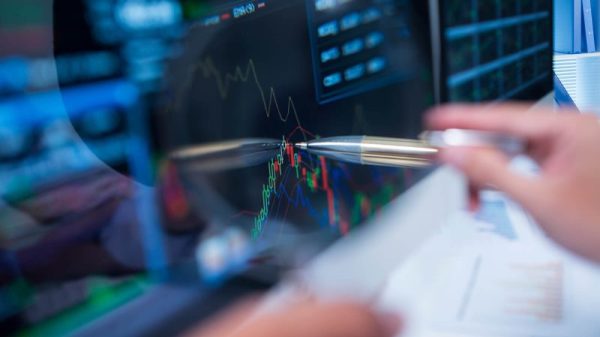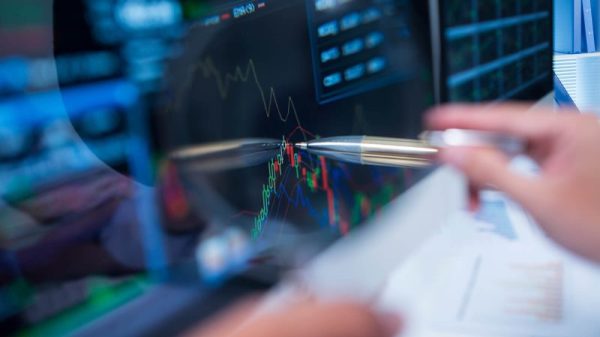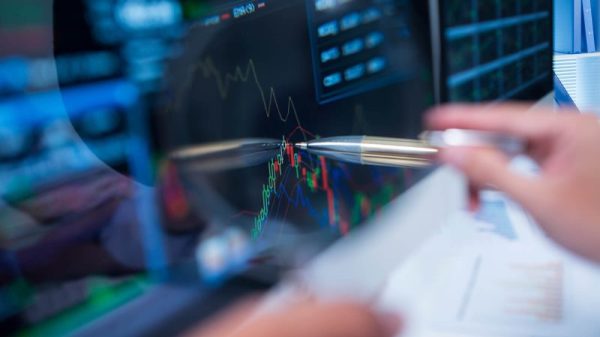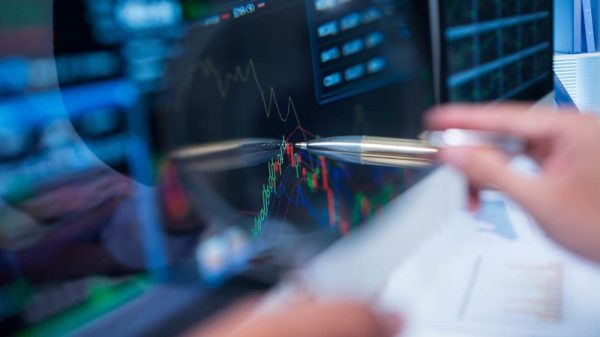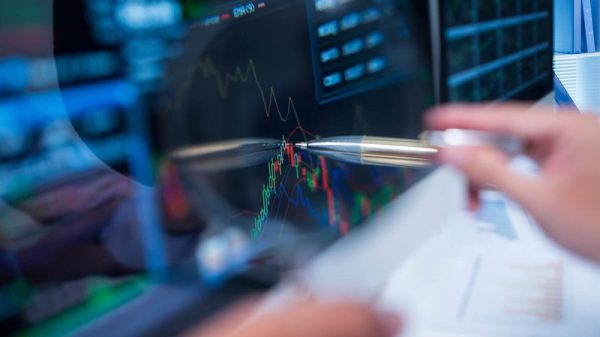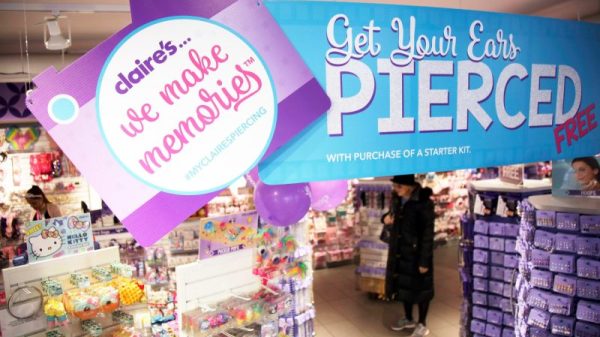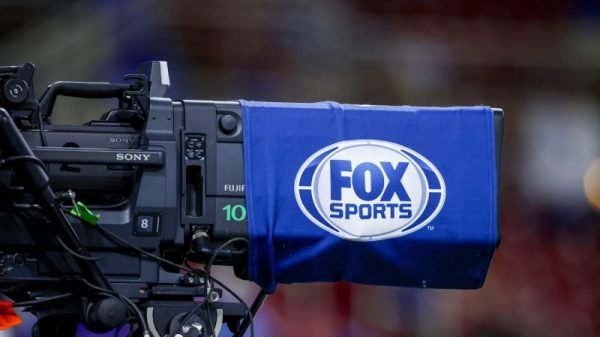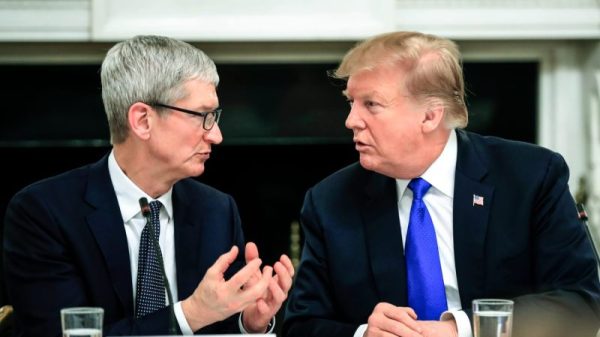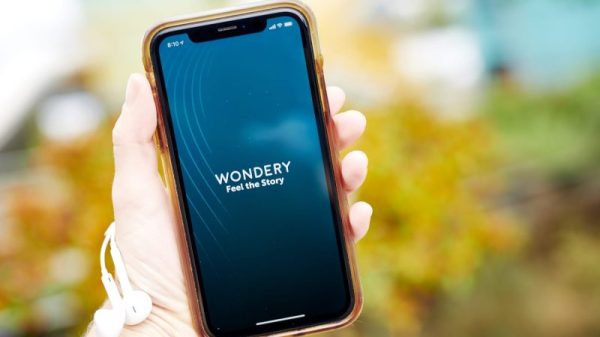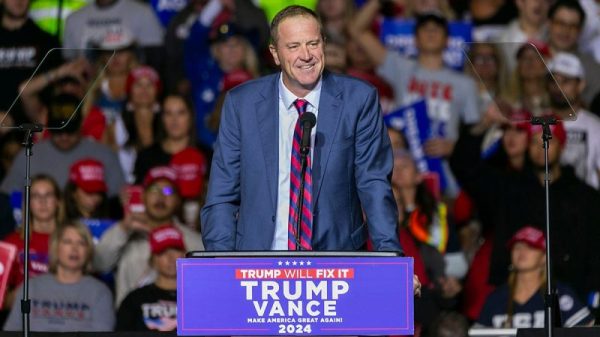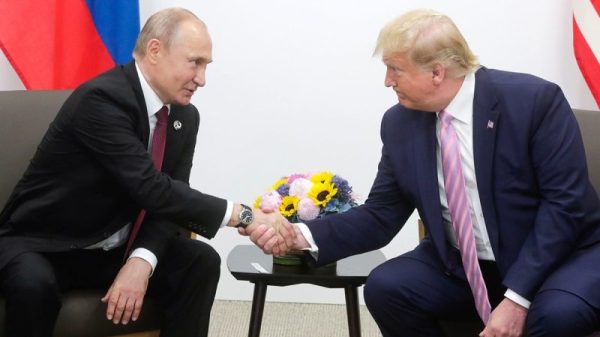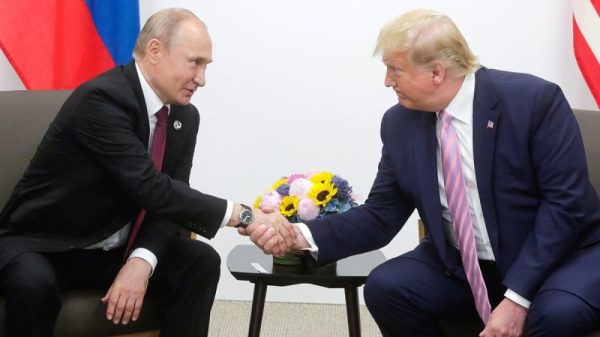In a world where convenience is key and quick access to necessities is highly valued, it seems that even precious metals like gold are being made available through unconventional channels. In South Korea, gold bars are now being sold in convenience stores and even vending machines, making them more accessible to the general public.
This trend of selling gold bars in such accessible locations is certainly an interesting one. While traditionally, gold was seen as a symbol of wealth and investment, its availability in convenience stores and vending machines suggests a shift in how people perceive and interact with this precious metal.
One possible reason for the popularity of gold bars in South Korea’s convenience stores and vending machines could be the desire for individuals to diversify their investment portfolios. In an uncertain economic climate, people may be looking for ways to secure their savings and protect their wealth. Gold is often seen as a safe haven asset, with prices that tend to remain stable or even increase during times of economic turmoil.
Additionally, the accessibility of gold bars in convenience stores and vending machines could also be attributed to changing consumer preferences. In a fast-paced society where convenience is highly valued, being able to purchase gold bars alongside everyday items like snacks and drinks could appeal to individuals looking for quick and easy ways to invest or save money.
Furthermore, the novelty of buying gold bars from vending machines could also play a role in their popularity. The idea of acquiring a valuable asset like gold in such a casual and easy manner may appeal to those who are intrigued by the unconventional nature of the transaction.
It will be interesting to see if this trend of selling gold bars in convenience stores and vending machines continues to grow in South Korea and if it spreads to other countries as well. Perhaps in the future, we may see a global shift towards making precious metals more easily accessible to the general public, blurring the lines between traditional investments and everyday shopping.

